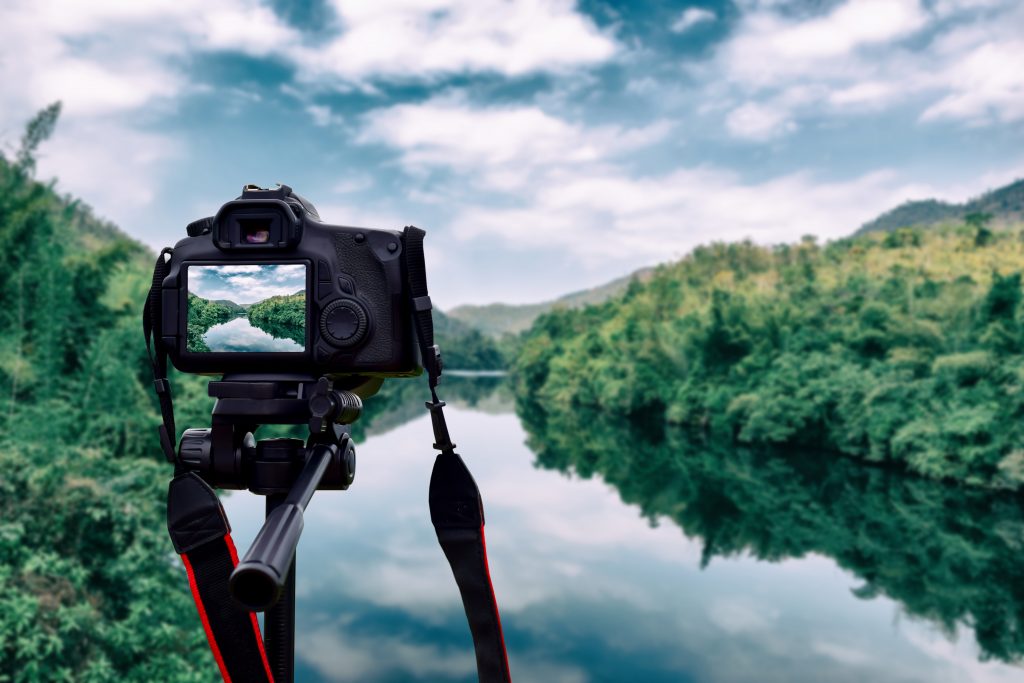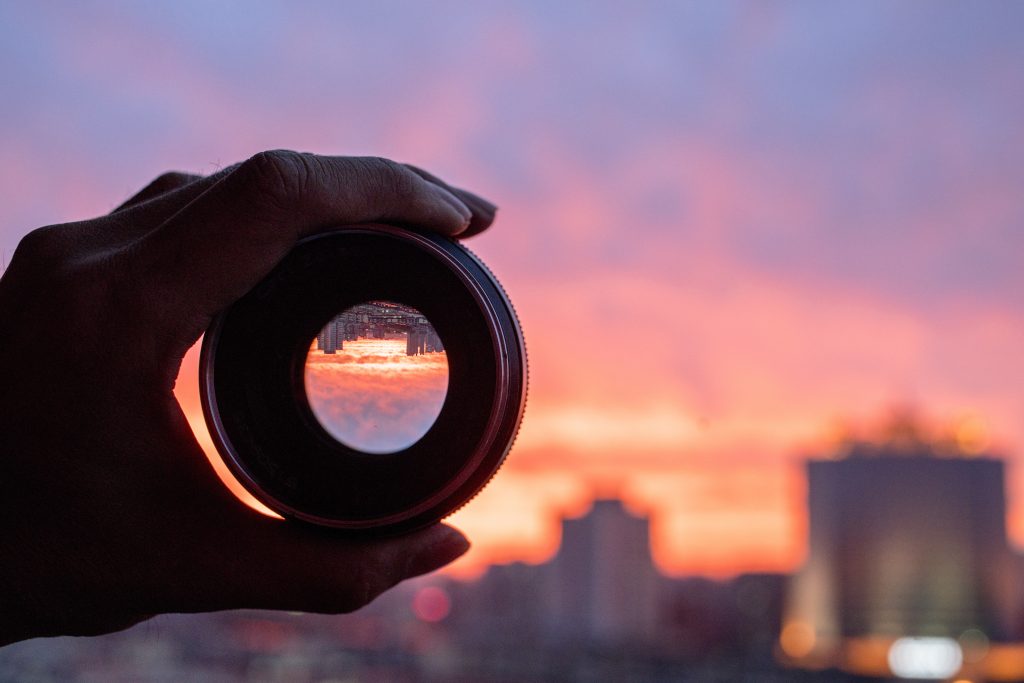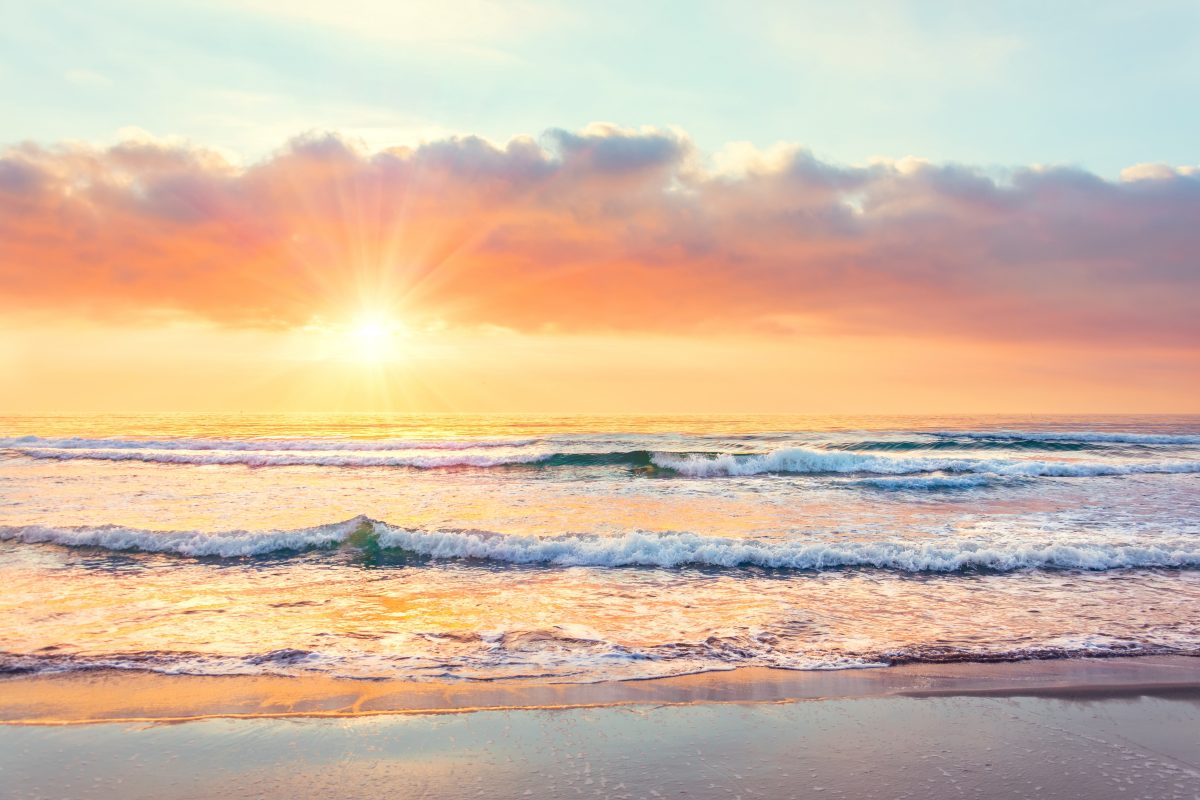Reading Time: 7 minutes read
There are many benefits to being outside. It can boost your energy, spark creativity, and relieve anxiety. If you needed one more reason to get outdoors, here it is: National Nature Photography Day is June 15. Let this be your excuse to enjoy fresh air, while honing your photography skills.
Whether you’re a novice or natural, master nature photography with our 10 tips for success.
What is National Nature Photography Day?
The North American Nature Photography Association (NANPA) has designated June 15 as Nature Photography Day. Beginning in 2006 as a way to celebrate the art form, it evolved into an opportunity to advance wildlife conservation around the globe. Anyone can enjoy Nature Photography Day. You do not need to be a professional photographer. Here are some simple ways to celebrate the holiday, as suggested by NANPA:
- Learn about your local plants and wildlife. Research those you don’t already know. Or, dive deeper into some of your favorites.
- Get inspired by reading about famous naturalists and nature photographers.
- Create a scavenger hunt for specific animals, plants and other natural sights in your neighborhood. This is fun for the whole family!
- Take many photos! Visit a nearby park, nature preserve or green space and start shooting images of the natural world around you.
Our easy-to-follow nature photography tips below will help you begin.

10 Nature Photography Tips for Success and Safety
Outfit for the outdoors.
Believe it or not, your attire matters. When shooting outdoor photography, anything can happen. Prepare for sudden weather changes and varying landscapes. You might be hiking a paved path one moment and standing under a waterfall the next.
It’s also important to check local rules and regulations. Many parks have a dawn-to-dusk policy. Wherever you’re going, research it well beforehand. Always alert someone to where you will be. Ideally, you’d have a buddy by your side. If a sign-in sheet exists at the trailhead or entrance, use it. If something should happen, park rangers will know you’re near.
Use what you have.
Yes, most professional photographers use an advanced DSLR camera. With today’s technology, camera phones take incredible pictures. Many smartphones even allow you to choose different apertures or use dual lenses. Get familiar with your equipment. Refer to a beginner’s photography dictionary as needed. It helps to know the different parts of a camera and settings available.
Pack props.
Wildlife and landscape photography requires a steady hand. After a couple hours of hiking, you might be too tired to keep still. Prevent shakiness (and blurry photos) by packing a tripod. If you don’t have one, that’s okay. A box, a book, or other flat items are surfaces on which you can balance your camera.
Consider other accessories like a lens hood and waterproof cover. A lens hood can help prevent glare on a sunny day. A waterproof cover is protective against rain, snow, or other precipitation.
Consult the community.
Talk to locals. They always know secluded mountaintops and hidden pathways. Locals are also cued into the wildlife. They know what flora and fauna to watch for. In some areas, you might consider employing the expertise of a local guide. Guides can often grant you access to areas not open to the general public. Nature photography is all about opportunity. Seize it where you can.

Find the right lens.
Choose a lens with a longer focal length. You need the longest reach possible. This allows you to keep a safe distance from wildlife while getting the best shot. Conversely, for a truly stunning shot, invest in a macro lens. Macro photography magnifies all the tiniest details. This is ideal for capturing the beauty of nature. You’ll see the zig-zag of a lizard’s skin, the veins in a leaf, and the texture of a bird’s feather.
Separate the subject and background.
There are plenty of outdoor photography ideas, but this is a good starting place. In nature photography, an animal or plant is often the focal point. When you want all eyes on one subject, make the subject as sharp as possible. The background should fade out. To do this, you need a lens with a wide aperture. Try f/1.8, f/2.0, or f/2.8.
Find a dramatic angle.
Birds fly high. Alligators stay low. But that doesn’t mean you have to mirror their movements. Sometimes, you want to be eye-level with your subject. Other times, a higher vantage point offers a better shot. Play around with different perspectives. Nature photography allows you to be creative. Lie on your belly. Climb a tree. Hold your camera overhead. Use wide-angle photography. Shoot a closeup. Do whatever you need to find the most interesting composition.

Use the rule of thirds.
A helpful way to think about composition is with the rule of thirds. It’s one of the golden rules of photography. And for good reason. The result is a much more dynamic image. Visualize the frame of your shot cut equally into nine sections. The sections are created by two horizontal lines and two vertical lines. Where the lines intersect is where the eye naturally goes. The goal is to position your subject on the intersecting points or centered in one of the squares.
Leverage natural light.
Natural lighting should always be your first choice. Luckily, it’s easy to access in nature photography. The key is timing. Morning and evening light produce the most dramatic images. Plan to shoot during the golden hour – just after sunrise and before sunset. This level of natural light eliminates shadows for a more even glow.
Respect Mother Nature.
Wildlife is more fragile than you think. Most animals are afraid of humans and will quickly scamper away. Remember, you’re in their habitat. Maintain an appropriate distance at all times. The same respectfulness applies to plants. Try not to trample on fragile flora. Stay on pathways whenever possible. Walk softly and carry a healthy respect for the world around you. Always carry out what you bring with and pick up litter should you find any.

Share Your Newfound Nature Photography Skills
The world deserves to see your photos, and they help save the planet. “How you might ask?” On National Nature Photography Day, NANPA wants you to know that sharing your photos helps spread awareness. Exposing people to unfamiliar wildlife and landscapes is a form of education. It highlights the importance of preserving planet Earth. When sharing your photos online, use #NaturePhotoDay.
You can also create a tangible display with a photo book. Thanks to advanced technology, Motif works as an iPhone photo editing tool. Use the app to swap, rotate, zoom in on or crop your nature photos. Motif even filters through your photos to find the best shots. With this specially curated collection, Motif then provides optimal page layouts. This unique service makes it quick and easy to create a beautiful photo book.
All you have to do is decide on the number of copies. How many people will you inspire with your nature photography?






